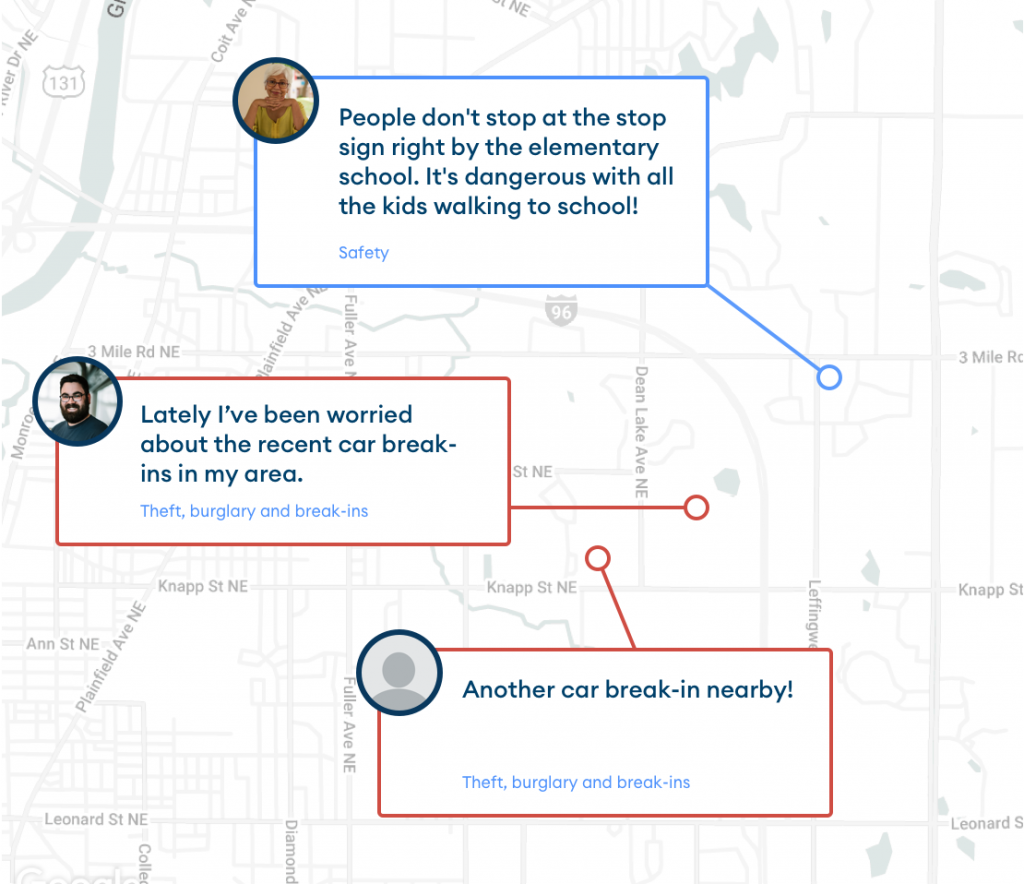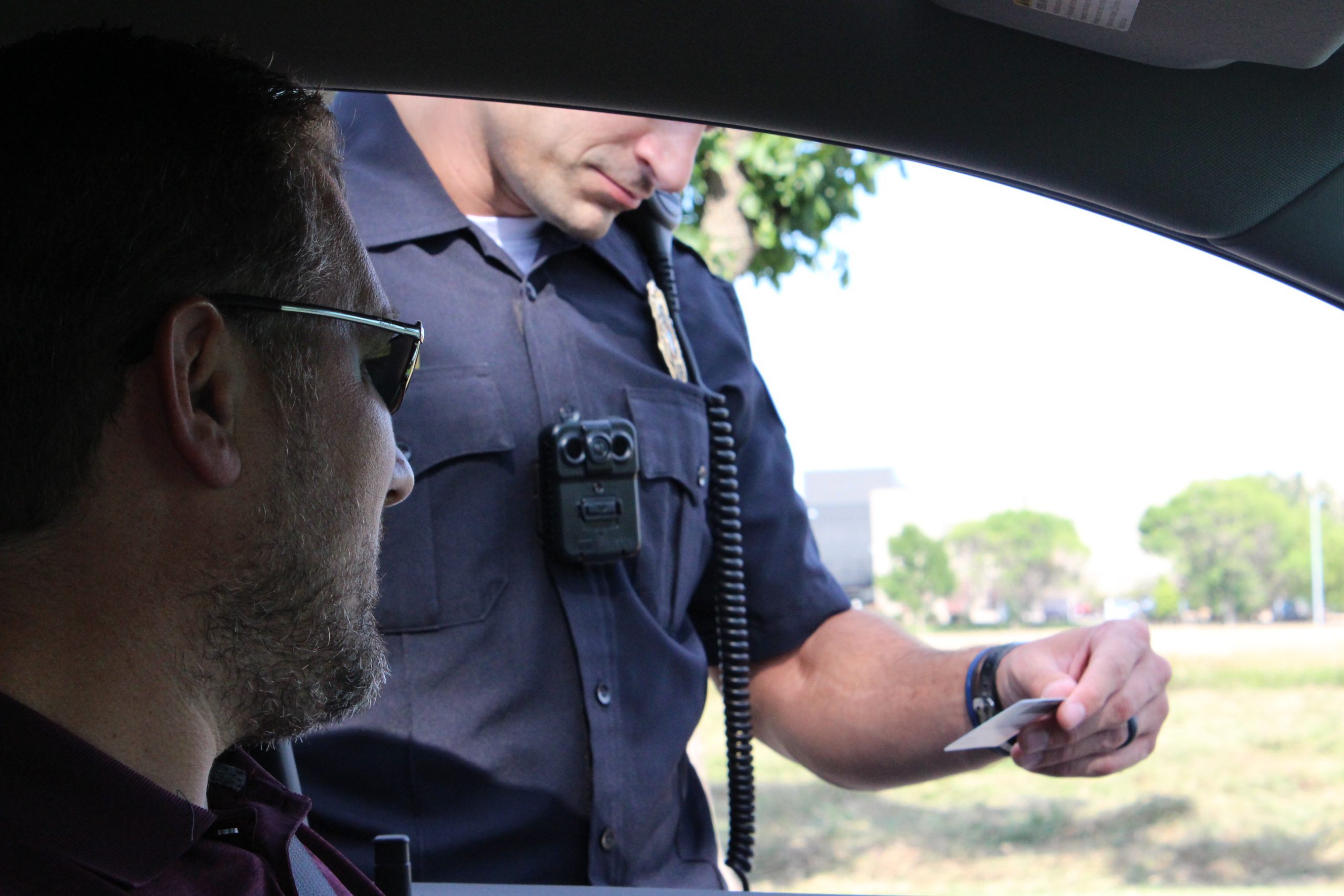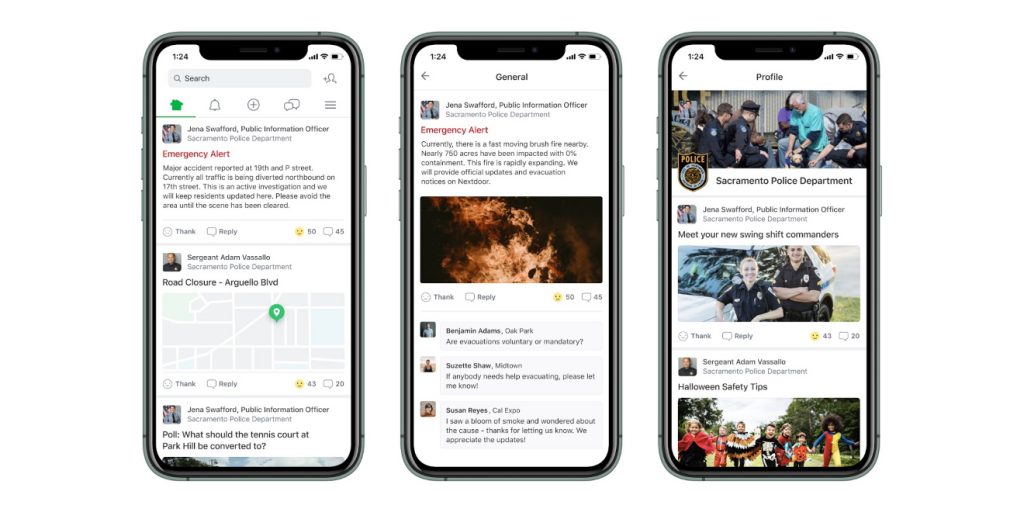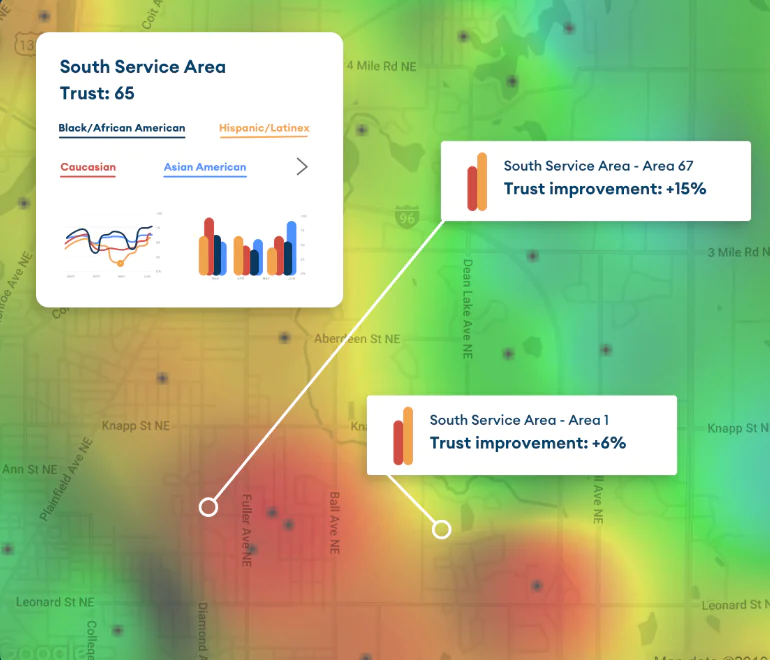Relationships between communities and law enforcement rely on trust and respectful communication. When the public trust and respect police, they are more likely to call on them for help, to cooperate with them in critical situations, and work together to solve community problems.
Building positive relationships is not an easy task, especially in the current climate. Law enforcement leaders should be looking for innovative strategies, and rely on technological tools such as social media, survey software, and of course body-worn cameras. Let’s look into three tried and tested options.
Elucd Survey Software

To continue improving relationships with the community, the Grand Rapids PD now uses the Elucd technology platform to measure community trust and satisfaction.
The program randomly surveys residents through social media and other electronic channels. It asks residents to rate how safe they feel in their neighborhood, how respectful officers are in their neighborhood, how well police listen to their concerns, and what they consider the number one issue or problem to be.
“This is a tool to help us better understand our community’s needs and measure trust in our department, something we haven’t been able to do with reliable data in the past,” said Grand Rapids Police Chief, Eric Payne. “We can gauge how residents feel about the safety of their neighborhoods and the trust they have in our officers.”
Data from the surveys are put into a report that police leadership can see both daily and monthly.
“We plan to use this data to get at the root causes of crime in our city and strengthen the community’s trust in us. This, I believe, will lead to stronger community-police relationships and bolster our efforts to ensure all residents feel safe and are safe at all times throughout the community,” said Chief Payne.
Body-Worn Cameras

Many agencies across the US are using body-worn cameras to improve policing practices and build community trust and transparency. Whilst there are both pros and cons to body cams, the positives far outweigh the limitations and this is why state representatives continue to lobby for their use.
The surveillance tech equipment has the potential to improve community relations, strengthen public trust in law enforcement, lower the number of citizen complaints, defend officers against false accusations, increase agency accountability, and improve officer training and evaluation.
According to a survey from Penn State Harrisburg of Pennsylvania, around 88 percent of respondents would feel safer around a police officer if the officer was wearing a camera.
Another survey from Pew Research Center found that 93 percent of respondents favored the police wearing body cameras: 59 percent thought cameras would make members of the public more likely to cooperate with officers, whilst 66 percent said they would make officers more likely to act appropriately.
Nextdoor Platform

D.C. police have recently partnered with Nextdoor, a community-based social networking site, to strengthen relationships within the city.
According to a post titled, “Hello from the Metropolitan Police Department,” and signed by Chief of Police Peter Newsham, the department is using the social network to, “build community, improve quality of life, and work together to make your neighborhood safer and stronger.”
Nextdoor allows neighborhood residents to connect online, and share classified ads, events, observations, and warnings regarding crime trends. The platform also has a feature that allows users to forward their crime and safety-related posts to participating law enforcement agencies, which now includes D.C.
“MPD will not see your posts unless you use the ‘forward to police’ option. If you choose that option, it will provide you an opportunity to raise non-emergency public safety concerns with police managers assigned to your neighborhood.”

